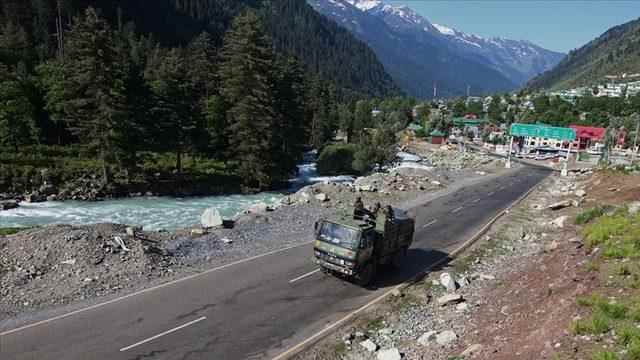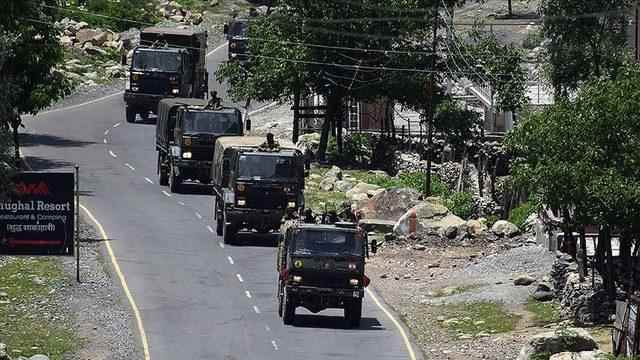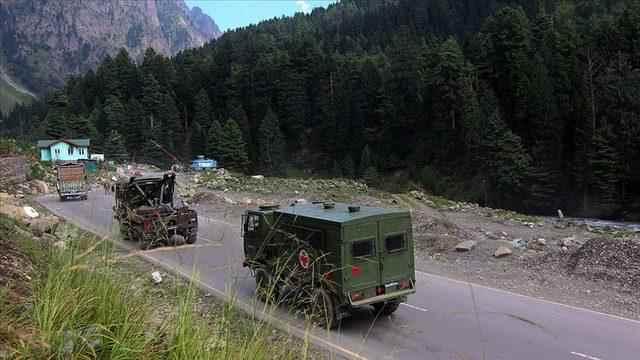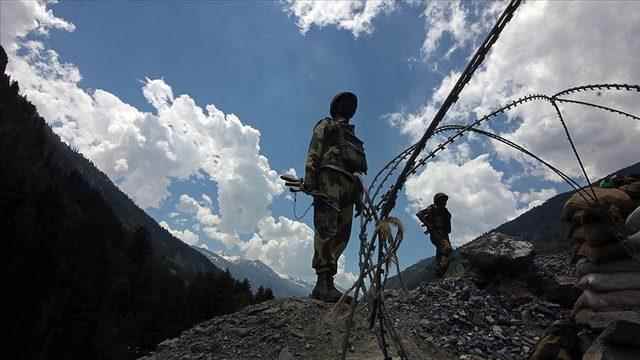On December 9, clashes took place between the elements of the two countries in the disputed border region of China and India in the Himalayan Mountains. As a result of the conflict along the Line of Actual Control (LAC), the troops of both sides were wounded.
India’s commander in the region held a meeting with his Chinese counterpart to discuss the issue to “restore peace and calm,” ANI News reported.
The mutual withdrawal of troops from the disputed border region of the Himalayan Mountains between China and India was completed on September 14.
In a statement on 8 September, the Indian Ministry of Defense announced that the troops in the border region had begun a coordinated and planned withdrawal.
In the statement, it was stated that the decision to withdraw was taken in the 16th round of talks between the two countries at the level of corps commanders in July.
After the withdrawal, in May 2020, in the western part of the De facto Control Line, which defines the uncertain border line between the two countries, all areas that caused friction between the parties were abandoned.

The parties had previously withdrawn their troops from both sides of the Galvan Valley and Pangong Lake in the east of Ladak region.
The withdrawal process also includes the destruction of military facilities and infrastructure elements created in the regions.
CONFLICT Arose in 2020
On 15 June 2020, 20 Indian soldiers were killed in the conflict between Indian and Chinese soldiers in the Galvan Valley in Ladakh region. China also announced that 4 of its soldiers were killed in the conflict.

After the conflict, the military units of the two countries became vigilant at the border, India deployed a surface-to-air missile defense system, and China deployed howitzers and tanks.
This tension was exacerbated by the “war” discourses in the public opinion of the countries with the largest armies in the world.
Negotiations were started between the military delegations of the two countries in order to reduce the tension on the border.
CHINA-INDIA BORDER DISPUTE
The unclear border line between China and India, surrounded by the Himalayan Mountains, causes sovereignty disputes between countries. The 3,500-kilometer border, which includes streams, lakes, glaciers and snowy peaks, often brings the parties face to face.

Beijing claims 90,000 square kilometers of land in the Indian state of Arunachal Pradesh, which it calls “South Tibet”, while New Delhi argues that 38 thousand square kilometers of land covering the Aksay-Chinese plateau is occupied by China.
The parties have not been able to resolve their sovereignty disputes for many years. (AA)
